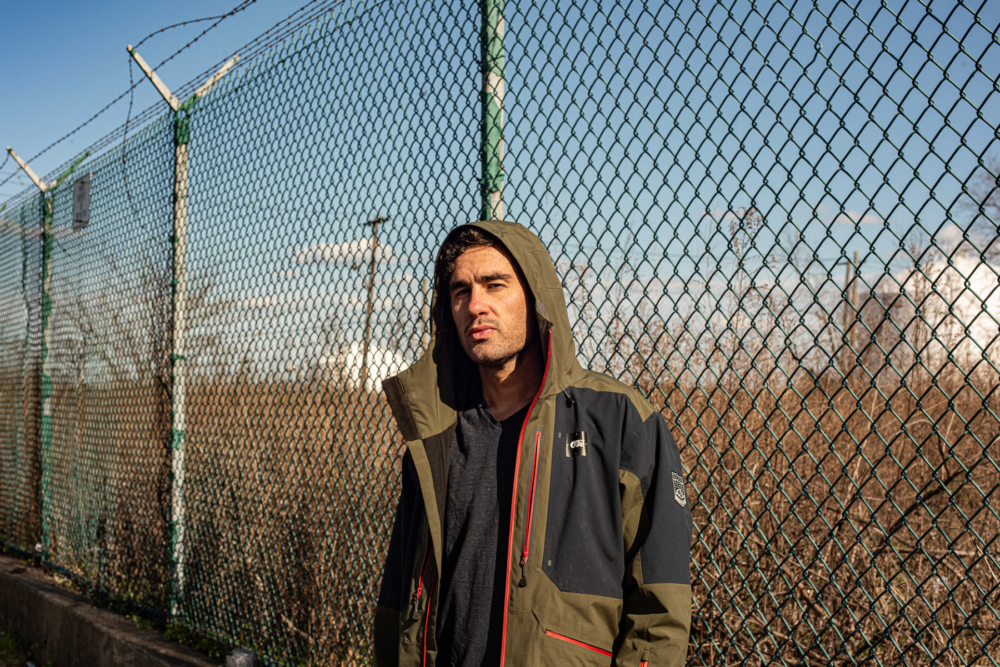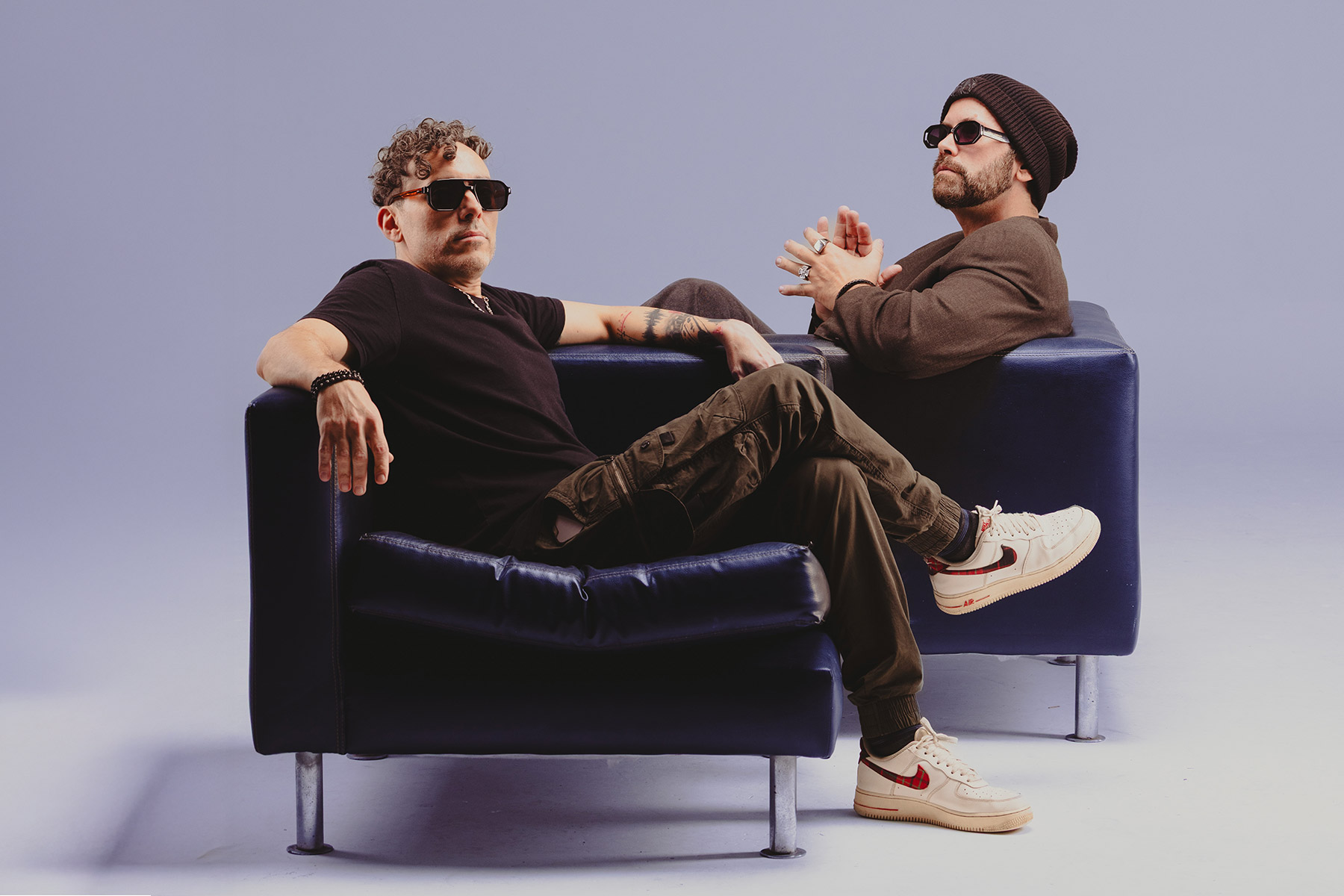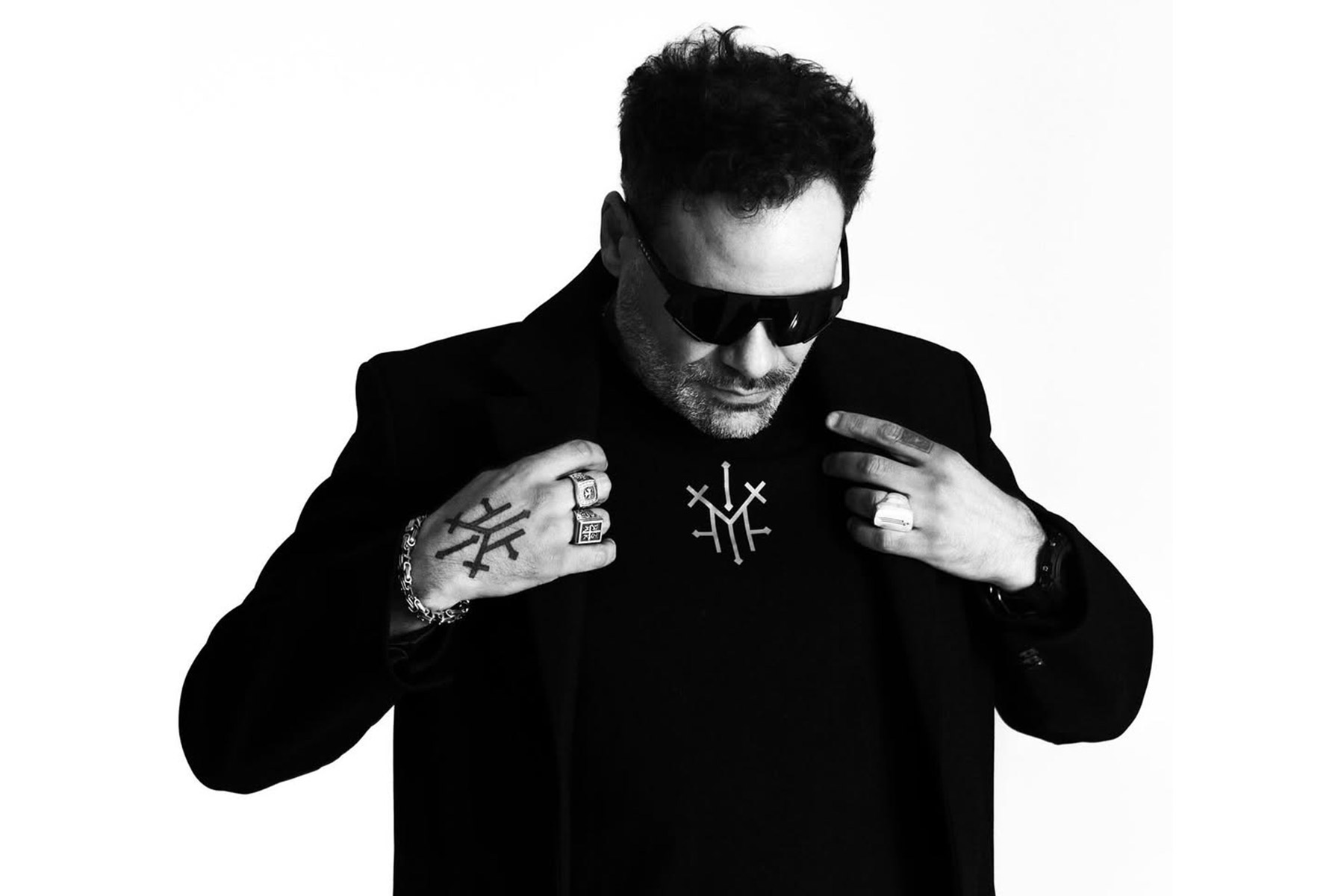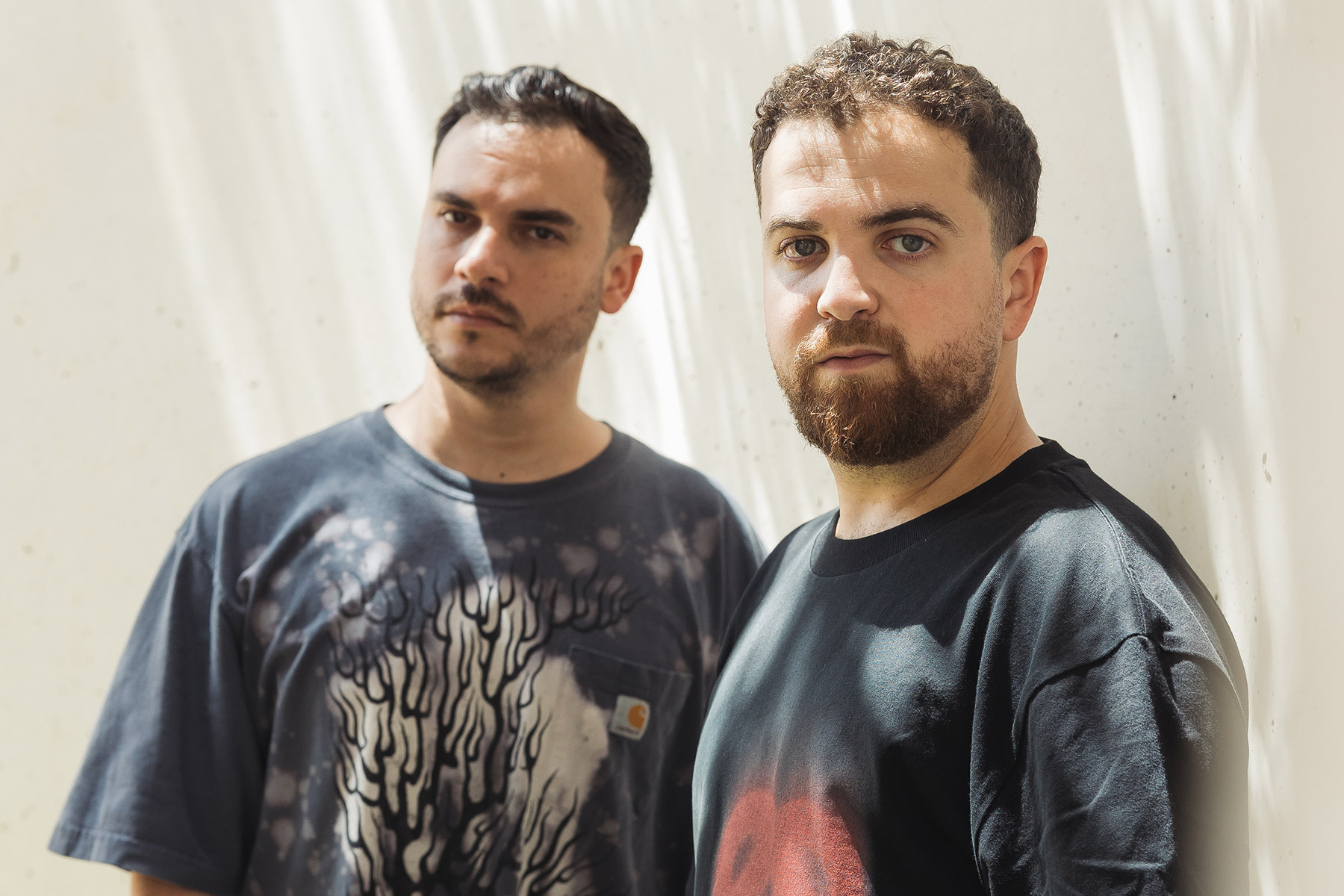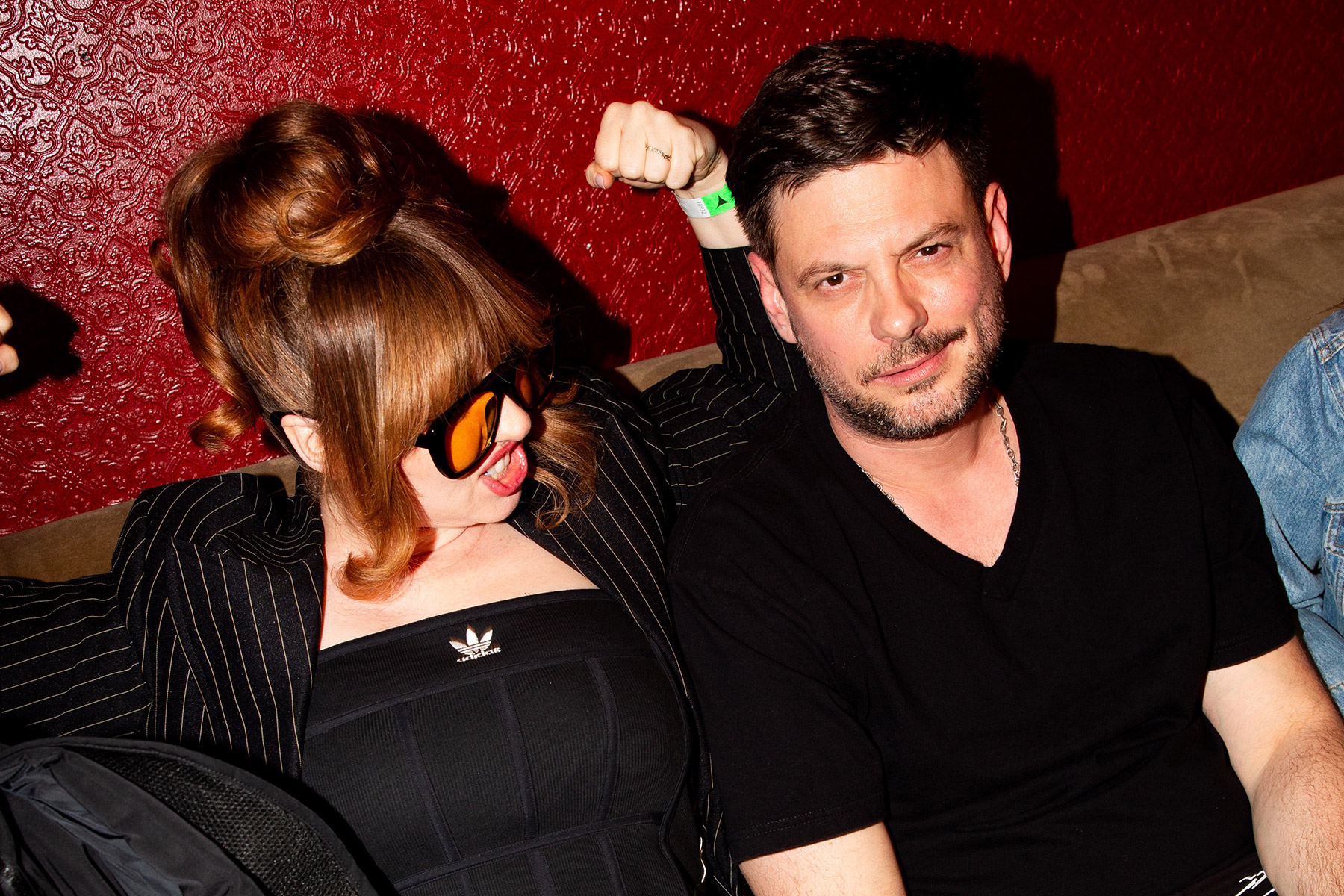In the early 2010s, Fireberg emerged as the brainchild of Dan Berg, an artist driven by the exploration of cybernetic soundscapes. With his debut release, the ‘Aphonic EP,’ the artist combined smooth, minimalist drums with innovative, otherworldly electronics, setting the stage for an engaging musical journey. Each subsequent release has showcased Berg’s diverse influences, creating a rich tapestry of sound that pushes boundaries.
Photo credit: Fireberg – Official
Fireberg’s discography includes notable milestones such as the ‘The Drive EP’ in 2017, blending neo-soul, funky grooves, classic house, and R&B. The ‘Undoing the Future’ EP in 2020 explored extended tracks in house and techno, while ‘Passage from Gaumukh: Music for the Rainbow Cave’ ventured into avant-garde experimentation. The latest EP, ‘Call of the Phoenix,’ released in 2022, combines tropical vibes, dreamy house, and ethereal melodies with remixes by Prince of Queens and Scott Diaz.
Continuing their musical journey, Fireberg’s Mishbaka introduces the highly anticipated ‘Myami Rain EP.’ This collaborative effort between Fireberg and vocalist J Hoard includes an original track and a set of five remixes by industry pioneers. Glitch pioneer Prefuse 73, Detroit house veteran Rick Wade, and contemporary deep house apostle J Gabriel contribute their versions to this exceptional release. Stream and download here.
Recently, EG had the pleasure of catching up with Fireberg, discussing their latest album, and exploring the exciting projects that lie ahead.
EG: Hi Dan! Welcome back to EG. It’s a pleasure to have you here with us. How have you been? Where are you right now?
Fireberg: Hey EG, thanks for taking the time to interview me. I’ve been busy, but good. Still located in Brooklyn, watching the seasons change.
EG: First of all, congratulations on the release of your new ‘Myami Rain’ EP! You must be very excited to finally be able to share this one with the world! How are you feeling? What has the initial reception been like so far?
Fireberg: Thank you. It has been exciting to get this one off the ground, a release that I started developing back during the COVID lockdown. Initial reception amongst friends, family, and peers has been really positive. They find it to be an eclectic and unique set of sounds with a combination of soothing and uplifting energies.
EG: So, ‘Myami Rain’ sees you linking up with vocalist J Hoard. What was the creative process for ‘Myami Rain’? Is there a concept here?
Fireberg: I first heard J Hoard sing when he was performing as part of ‘The Lesson,’ an improvised r&b and hip-hop weekly residency at Arlene’s Grocery. He had an uncanny ability, off-the-cuff, to come up with an incredibly captivating hook, memorable and moving both for its lyrics and melody. His vocal range is practically unparalleled in most artists today and his energy on stage is electrifying. I worked with him on a handful of r&b tracks, one of which, ‘Got the Light,’ he released on Ropeadope Records. And towards the end of those sessions I played the ‘Myami’ instrumental and we threw around a couple lyrical concepts about the idea of “chasing rainbows” and not appreciating where you’re at and what you already have in your life. Within an hour, he had developed the entire song. Watching him quickly compose and perform the vocal parts, particularly the background vocals, was fascinating and inspiring.
EG: ‘Myami Rain’ also boasts some notable remixes, including reworks by Prefuse 73, Rick Wade, J Gabriel. What was the thought process here? How did you come up with the right names?
Fireberg: The Myami Rain original has a really unique style to it, evoking r&b but incorporating elements of dancehall and drum and bass. Though it was accessible and catchy, it had a sound that didn’t quite fit into traditional categories, so my biggest aim with the EP was to commission remixes that extended the package into marketable and time-honored genres. In addition, I wanted to find some artists with a large built-in following to enhance the reach of the package.
I first reached out to my friend Joseph, aka J Gabriel, to do a remix because, although we’ve been collaborating and talking shop for many years, we never did a release together. He agreed and then helped me to flesh out the roster along with my label consultant and admin point-man, Kev O’Brien, bringing on Prefuse 73 and Rick Wade, both veterans in their respective niches. It’s an incredible honor to have all three of these artists on board for the EP.
“The Phoenix release taught me how important it is to use the label for bringing out other voices from the community and beyond, and also that I need to give myself space and not overload my plate.”
EG: By the way, ‘Myami Rain’ is out via your own Mishbaka imprint, signaling the label’s second release. What did you learn from the release process for ‘Call of the Phoenix’?
Fireberg: Call of the Phoenix was a deep learning process. For the debut release on Mishbaka, and my first Fireberg release in a couple of years, I wanted to scale up the marketing process so I worked with a small PR firm from the UK to develop the branding, ad strategy, and social media approach for the record. This scaled-up campaign meant creating a lot more content which my team and I weren’t fully prepared for. On the other hand, the challenges deeply leveled up the whole effort and we created a lot of dope video assets and writing that served to really expand the richness of the whole offering.
I also realized that, although I created the label, in part, as a platform to share my own music, and even though there are still several releases of mine that I’m itching to get out, it’s a lot of work to be involved as both a label exec and artist on a release, especially for someone like me, who isn’t necessarily born for the limelight. I love bringing attention to the creative spirit that passes through me, but the Phoenix release taught me how important it is to use the label for bringing out other voices from the community and beyond, and also that I need to give myself space and not overload my plate.
EG: Last time we spoke, when talking about the future of Mishbaka, you said you wanted to “continue to explore your intentions with the imprint and what kind of experience and community you’d like to create”. Is the vision clearer by now?
Fireberg: I think the main thing I continue to realize is that there’s a lot of house and electronic music labels putting out some incredible club-focused releases. I think what I bring to the table is my eclectic set of music interests, which started with jazz and world music but has expanded to include experimental music, improvised music, ambient and spiritual or new wave sounds, as well as pop and even classical. What I’m really interested in for Mishbaka is continuing to deepen into the world of crossover, but also underground and niche sounds, particularly that which isn’t focused on the club. I’ve been attending many events that are aiming for a different function, whether meditative or highly conceptual and intellectual. Dance is an extremely therapeutic practice, but so is sitting and listening, as well as more interactive formats. This broader set of intentions is what I’d like to move towards, as well as continuing to develop and explore the extra-musical life of the artists we work with, through services like mental health support, incubating new creative processes, and providing a forum for the sharing of thought and the artist’s personal story.
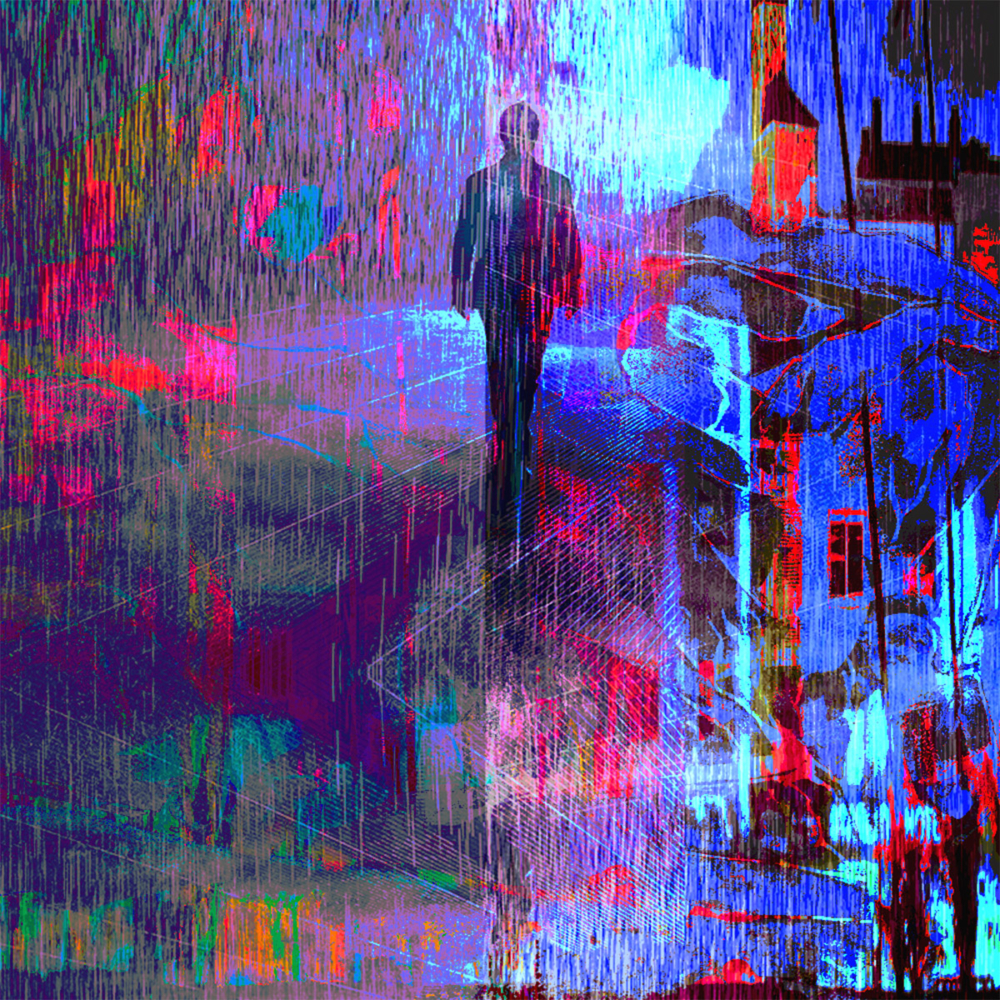
EG: What do you think about the current trend that has seen these larger-than-life visuals take center stage? Are they overwhelming the musical aspect instead of just “enhancing” the musical experience? Are they the future of electronic music? Does this force other labels and acts to explore such avenues?
Fireberg: I appreciate this question. I do think there have been some amazing developments in live visuals and that it’s a bit problematic and also beautiful. I love what’s going on with projection mapping where artists completely transform a space and redefine dimensions. I’m also really into the audio-reactive and synchronized capabilities that have developed in leaps and bounds.
And, as a budding, novice animator, myself, I can really appreciate how much technical skill and artistry goes into these presentations. But, I also have long felt that the communal experience is often lost in larger venues and with bigger-named artists. I’ve always lamented–and I think the DJs would agree with this–the way everyone is facing the DJ booth and not as much interacting with each other. This is why I really appreciate more intimate event spaces, especially ones that take these social dynamics into consideration with the layout and design.
Unfortunately, because of the way social media algorithms and, subsequently, content creators and advertisers have reprogrammed the users to rely on extremely high-stimulation media which are heavily visually-based, it’s only par for the course that the live music industry would follow suit with these Vegas-style productions. As much as it’s probably unstoppable and still a pretty admirable pursuit, I dread the day when much of this production turns to the virtual space, further alienating us and de-emphasizing the human connection component.
EG: Also, the incorporation of AI in electronic music seems to be on the rise, whether it is on the music, the album covers, and beyond. Do you have a particular stance on this?
Fireberg: I have mixed feelings about this as well. It’s disheartening to see professionals and artists being replaced by AI programs since, ultimately, I don’t think AI can capture or evoke the emotional and spiritual components of what our art is capable of and intended for. But, on the other hand, the cost of hiring visual engineers and artists is so high relative to the amount of potential financial returns that are possible through sales and performances in this day and age of the music industry. It only makes sense to me that, just like the many industrial processes of previous eras, our artistic production line will become automated and economized, wherever possible. Hopefully, either inherently or through education, future generations will continue to be reminded of the value of human creativity, idiosyncrasy, and even imperfection.
“Watching him quickly compose and perform the vocal parts, particularly the background vocals, was fascinating and inspiring”
EG: What’s next for Fireberg & Mishbaka? Where can your fans catch you next? What’s still in store for the rest of the year
Fireberg: Following the Myami Rain release, the next couple months will be focused on brand building and A&R, but next year has a couple of really exciting releases on the docket. For Fireberg, I’m planning to release a techno-inspired collaboration with Brooklyn-local, singer and performance artist Jennifer Vanilla. I also have a full-length album I’ve been cooking up which is more song-form-based but incorporates elements of house, pop, jazz, and funk. We’re working on putting out a compilation, as well, which invites each artist to provide two tracks, one downtempo or ambient, and the other, more dance-oriented. 2024 will also bring some new live events hosted by the label, which I’m very excited about, as well.
EG: Thank you for your time, Fireberg! We’re excited to see what’s in store for you. Take care!
Fireberg: Thank you, as always, for continuing to highlight independent musicians and labels. Keep up the good work and I’ll talk to you soon!
Fireberg’s ‘Myami Rain’ is now available. Stream and download here.

